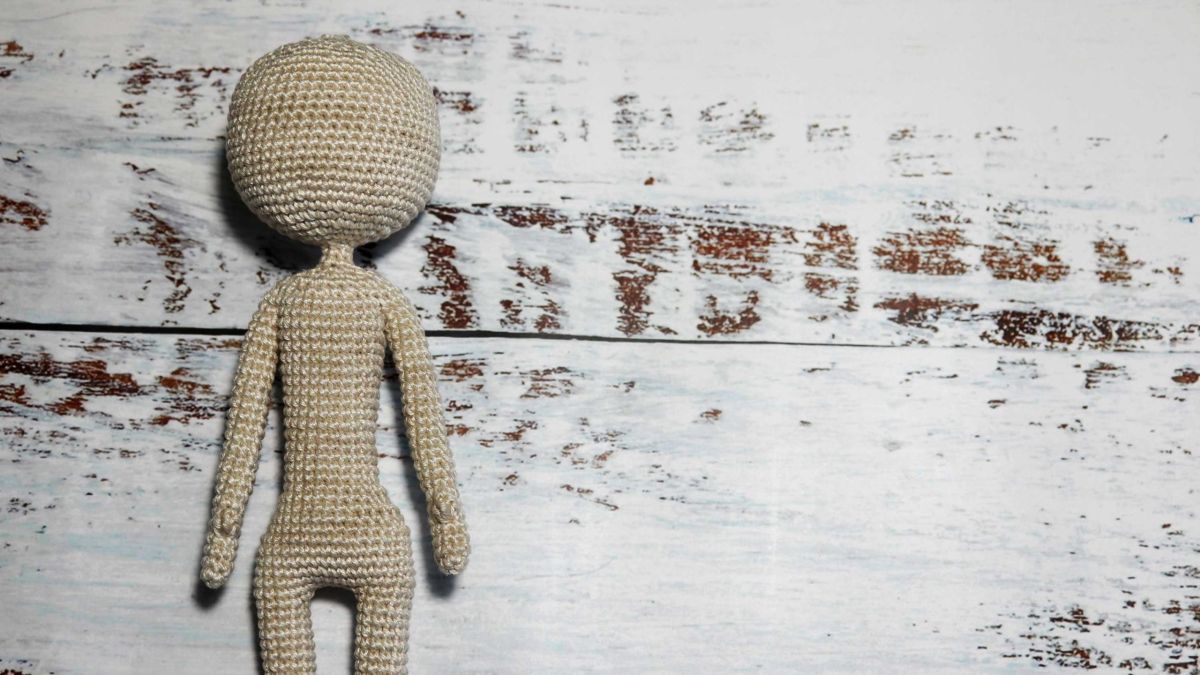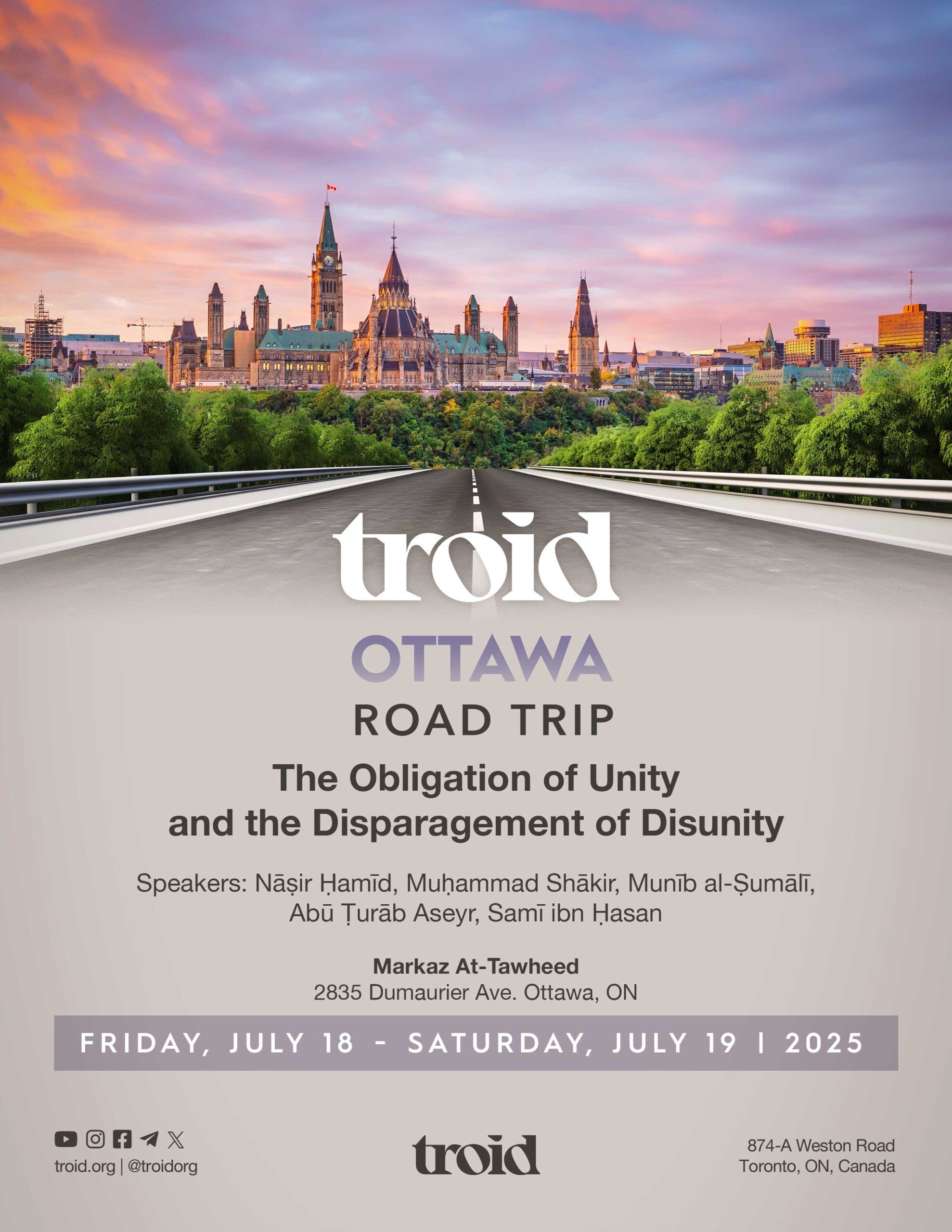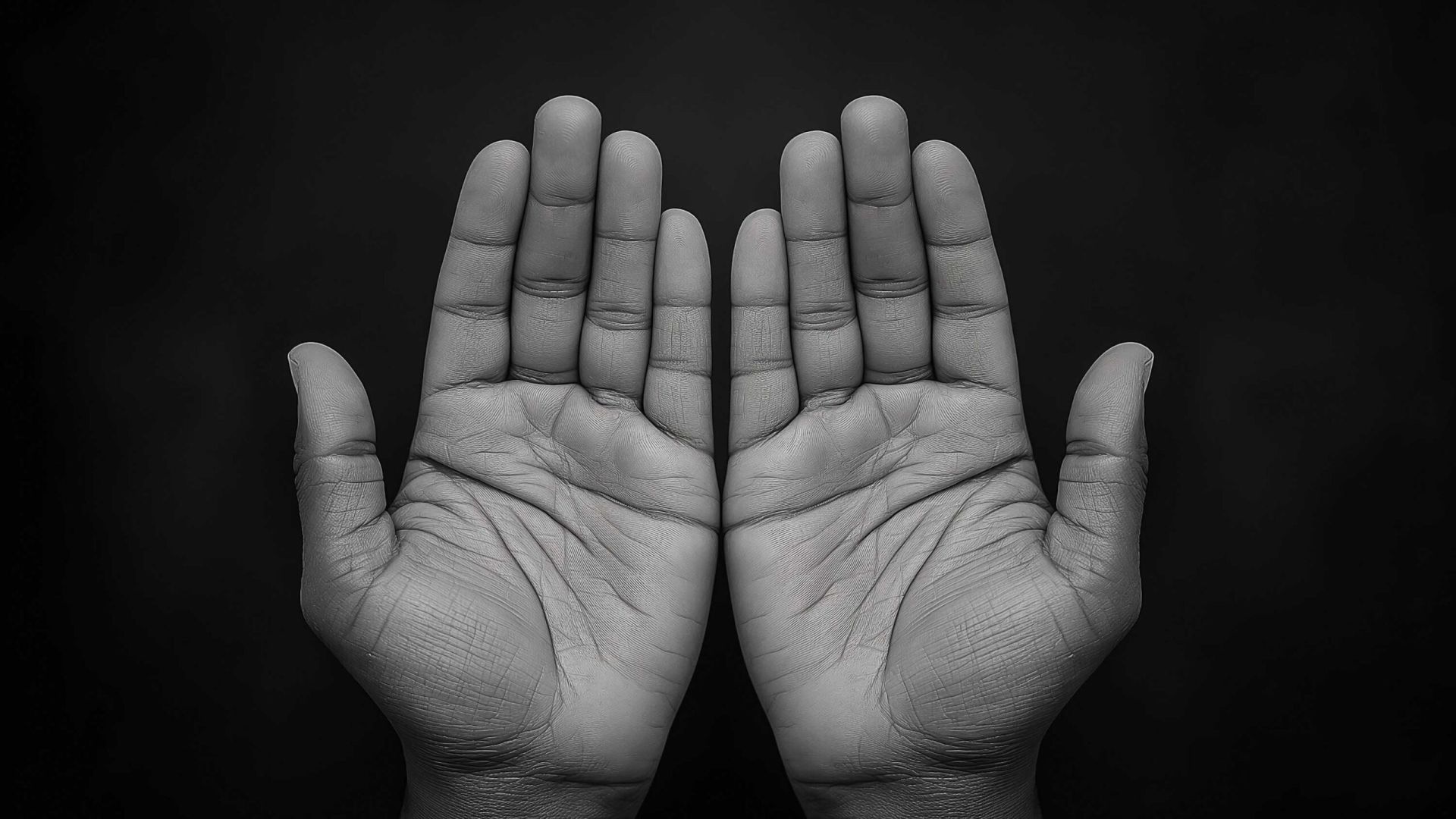The Ruling on Using Items that Have Imagery
Imām Muḥammad ibn Ṣāliḥ al-ʿUthaymīn


The Three Categories of Objects with Imagery
The usage of objects that are physically shaped like living things, or consist of their likeness is divided into three types:
- That which is used for the purpose of glorification and reverence. This is ḥarām regardless of whether the object in question is a shaped statue or a picture. Also, regardless of whether this glorification pertains to ownership or authority that is held by the person depicted, or the figure is glorified in worship, or due to his great knowledge, or being a close family member, or companion. That is, this ruling is inclusive of all varieties of reverence. In actuality, there is no real glorification in the depiction of these figures in this way. To clarify this, for example, a person wants to create an image of his father. If his father is alive, then true glorification of him is only through fulfilling the duties of righteousness and servitude to him, whether this be in the form of speech, action, finances, protecting his honour, or other than this. If he has passed away, then glorification of him by means of these images holds absolutely no benefit for him. On the contrary, they represent only sinful transgression on the part of his son, and a perpetual renewal of the sorrow and grief associated with his passing. For this reason, anyone who possesses depictions of figures for such purposes should immediately deface or burn them. For it is impermissible for such depictions to remain as they present two dangers:
- Prevention of the angels from entering the house.
- The facilitation of the whisperings of Shayṭān by means of the glorification of these depictions. To the extent that glorification becomes firmly entrenched and deeply rooted, to where it manages to subjugate one’s heart. Especially with regards to one’s knowledge and worship. The tribulation of the people of Nūḥ (عليه السلام) occurred in relation to such depictions. Without discernment, as far as this issue is concerned, between depictions that are drawn or shaped. That is, regardless of whether the image is on a large poster, or a small piece of paper, or in the form of a statue.
- Depictions that are taken for the purpose of disesteem, scorn, or indifference. For example, that which holds depictions but is used for bedding, cushions, pillows or the likeness of these things. Concerning this, there is a difference of opinion among the scholars with the majority viewing the use of images in this way as permissible. They do not see anything wrong with it because the Messenger (صلى الله عليه وسلم) used a pillow upon which images were depicted.1 Also, because this is representative of the exact opposite of the reason for impermissibility of these images in the first place, as they are being used in this circumstance with disesteem and indifference.While other scholars have adopted the view of impermissibility. They use as evidence to support this stance the ḥadīth in which the Prophet (صلى الله عليه وسلم) entered his home one day and saw a pillow upon which images had been depicted. He (صلى الله عليه وسلم) stopped, and refused to enter. So, ʿĀʾishah (رضي الله عنها) said: “I recognised the distaste and contempt on his face so I said “I seek repentance from Allāh and His Messenger from whatever I have done”. He (صلى الله عليه وسلم) replied: “The companions of these images are being punished. It will be said to them: Give life to what you have created.”2 These scholars say: So we have distaste and contempt for the images used in this way just as the Messenger (صلى الله عليه وسلم) had contempt for it as he (صلى الله عليه وسلم) said: “The companions of these images are being punished”. He (صلى الله عليه وسلم) also said: “Indeed, the angels do not enter the house that contains pictures”. They also interpret his (صلى الله عليه وسلم) usage of a pillow that contained images as those images’ heads had been cut off. Thus, any image whose head is severed is permissible. There should be no doubt that complete avoidance of such images represents both a greater degree of piety, while also being a more precautionary measure. So, do not use images even in a manner of humiliation and disregard like if it is depicted on bedding or pillows. Complete avoidance of such matters is safer. Furthermore, this was a matter that the Messenger (صلى الله عليه وسلم) had such a high degree of contempt and distaste for that he refused to enter his own home in its presence. Therefore, it is unbefitting for us to show comfort and ease in relation to such articles. Who is able to find comfort and ease in a place that holds that which was hated by the Messenger (صلى الله عليه وسلم), to the extent that he refused to even be in its presence? For this reason, the opinion of impermissibility if it is not the correct opinion in this matter, at the very least we can say it is more encompassing as a precautionary measure.
- Images that are not taken for the purposes of either glorification or disregard. The majority of scholars have adopted the stance that the use of depictions in this way is (also) impermissible. It was also narrated that some of the pious predecessors used to view its usage as permissible provided it is hand drawn. To the extent that some of the pious predecessors had curtains in their homes that held depictions of animals to which they never objected. However, we can undoubtedly excuse those among the pious predecessors who did so like al-Qāsim ibn Mūhammad (رحمه الله) by saying that they acted in accordance with their interpretation of the evidence. Thus, we should not use their acts as evidence to support the use of images in this way. This is because true evidence is derived from the speech of Allāh and His Messenger (صلى الله عليه وسلم). As for those pious predecessors, the evidence regarding this matter may not have reached them, or the likeness of such excuses may apply to them.
The Widespread Wanton Use of Images in Modern Society
The widespread custom of the people in modern times is to spread images in everything save for a few situations. For example, one will find images depicted on the containers used for food and drink, the cartons used to protect food [during transport], on the covers of books, and in newspapers. They are seen everywhere except wherein Allāh does not will them to be. Concerning this we say: If a person was to attain these articles for the purpose of the images depicted on their surfaces, then this is undoubtedly ḥarām. That is, if there is an unlawful depiction in a magazine or journal which a person gazes upon and is infatuated with, spurning his attainment of the article in question, then this is undoubtedly ḥarām. Or he purchases magazines that are widely distributed for the express purpose of gazing upon the images contained therein, then this is ḥarām. If, however, his acquisition of it is for learning purposes, or to benefit from the information imparted, or to facilitate awareness of current events, then it is my hope that there is nothing wrong with this in consideration of the great hardship and difficulty associated with its complete avoidance. Allāh—the Most High—said:
وَمَا جَعَلَ عَلَيْكُمْ فِي الدِّينِ مِنْ حَرَجٍ
“And has not laid upon you in religion any hardship.”
(Al-Ḥajj, 22:78)
The images that may be encountered in this way are unintentional both when acquiring the material in question and when reading it. They are also of little concern [for those acquiring these materials for purely informational purposes].
However, if a person lives with his spouse and fears that such material may contain the depiction of handsome, good-looking men that may represent a source of tribulation for women, then he should completely avoid having these magazines or newspapers in his house. Although, this is a circumstantial impermissibility. Just as one could say regarding the images depicted on the surfaces of food cartons and drink containers and the likeness of such articles: There is a degree of disregard for such images and so may not be considered from the ḥarām class.
Imagery in Toys
As for the depictions that are used by small children for the purpose of play, these are divided into two types:
- That which is depicted on tattered pieces of cloth or wool and its likeness. There is nothing wrong with this as evidenced by the ḥadīth in which ʿĀʾishah (رضي الله عنها) used to play with such articles with young girls during the time of the Prophet (صلى الله عليه وسلم), and he never objected to its use.3
- That which is manufactured from plastic which takes the form of a miniature human being with some also having movements and sound. A person may claim: This is ḥarām because it has been intricately designed to accurately reflect the human form. That is, it is not loosely based on the form of a human, but detailed in its depiction. Some are even made with eyes that move. While others may say: Its use is permissible as ʿĀʾishah (رضي الله عنها) used to play with young girls using such toys and the Prophet (صلى الله عليه وسلم) never objected to it.
However, in response to this another may say: The images used by ʿĀʾishah (رضي الله عنها) were not the same as the images we have today. Rather, there is a massive difference between the two. There are those who view this matter while being cognizant of the fact that certain things have been made permissible for the young but are impermissible for the mature. As Shaykh al-Islām said in the chapter concerning racing, after mentioning a few implements often used for games: “Indeed, a matter may be considered permissible for the young but not the mature.” This is because the natural disposition of the young is to play and engage in past times. For this reason, these depictions that are used by young girls often take on the appearance of girls. As if this young girl gave birth to this miniature girl. It may even be considered a means by which she is trained to look after her own children in the future (i.e. baby dolls). You may even find them naming their dolls in this way saying: This one is named such-and-such and that one is named such-and-such. Thus, a person could say: This should be permissible for her. Considering this, I am undecided with regards to its ruling of impermissibility. However, one may rid himself of the doubts and confusion surrounding such implements by simply defacing these dolls.
Endnotes:
[1] Authentic: narrated by al-Bukhārī: 2479 and Muslim: 2107.
[2] Authentic: narrated by al-Bukhārī: 3224 and Muslim: 2107.
[3] Authentic: narrated by al-Bukhārī: 6130 and Muslim: 2440.
Source: Al-Sharḥ al-Mumtiʿ 2:204-208
Translated by: Riyāḍ al-Kanadī
Most Popular: Last 30 Days

















